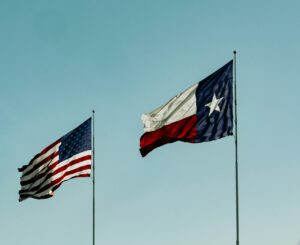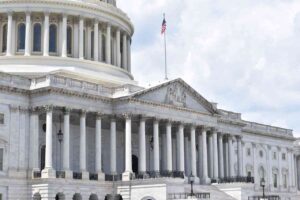Obama Compares Trump to Hungary’s Orbán: How Similar Are They?

President Barack Obama talks on the phone with Missouri Governor Jay Nixon, during his visit to Dublin, Ireland, May 23, 2011. The President extended his condolences to all impacted by the deadly tornadoes in Joplin, Mo., Sunday night. (Official White House Photo by Pete Souza) This official White House photograph is being made available only for publication by news organizations and/or for personal use printing by the subject(s) of the photograph. The photograph may not be manipulated in any way and may not be used in commercial or political materials, advertisements, emails, products, promotions that in any way suggests approval or endorsement of the President, the First Family, or the White House.
In a public conversation on June 17 with historian Heather Cox Richardson in Hartford, former President Barack Obama issued one of his strongest warnings yet about the direction of American democracy. Speaking at the Bushnell Performing Arts Center, Obama drew a striking parallel between Donald Trump’s political movement and the autocratic rule of Hungarian Prime Minister Viktor Orbán.
“It is consistent with autocracies. It is consistent with Hungary under Orbán,” Obama said. “We’re not there yet completely, but… we are dangerously close to normalizing behavior like that.”
Orbán’s Hungary has become a case study in modern democratic backsliding. Since returning to power in 2010, Orbán and his Fidesz party used a parliamentary supermajority to rewrite the constitution, undermine judicial independence, and consolidate control of the media. Hungary, once considered a post-Soviet success story, is now widely viewed as an “electoral autocracy”—a country where elections exist, but where opposition faces overwhelming structural disadvantages.
Trump’s critics argue he has shown similar instincts. He has attacked the press as the “enemy of the people,” attempted to delegitimize election results, and worked to reshape the federal judiciary with loyalists. His public praise for Orbán, whom he called a “strong leader” and “respected around the world,” has raised further concern among scholars of democracy.
But the comparison is not exact. Orbán has operated within a unitary system that allowed him to change the rules of the game rapidly. Trump, in contrast, had initially faced constitutional and institutional constraints during his first term (2017–2021). His attempts to use federal power for personal or political gain—such as pressuring state officials to overturn the 2020 election—were checked by state-level independence, a free press, and an adversarial judiciary. Both men used their exile from power to sharpen authoritarian strategies: Orbán between 2002 and 2010, and Trump during his time out of office from 2021 until resuming the presidency in January 2025. In Orbán’s case, the second act was fully realized; for Trump, it is unfolding now—potentially even more intentional and dangerous.
Yet both leaders share a nationalist, populist rhetoric that pits “the people” against a corrupt elite. Both have used immigration as a cultural wedge, and both have sought to undermine public trust in neutral institutions. Trump’s rhetoric echoes Orbán’s claim to embody the true will of the nation, often suggesting that any opposition is illegitimate.
The difference lies not in ambition but in infrastructure. Orbán had the tools to succeed. Trump did not—at least not yet.
Obama’s comments highlight an urgent truth: America’s democratic institutions still function, but not automatically. The constitutional system—federalism, separation of powers, and a strong civil society—has been the decisive difference between aspiration and realization.
“We’re not there yet,” Obama warned. And whether America gets there depends not just on the actions of any one leader—but on whether the public continues to defend the guardrails of democracy.












